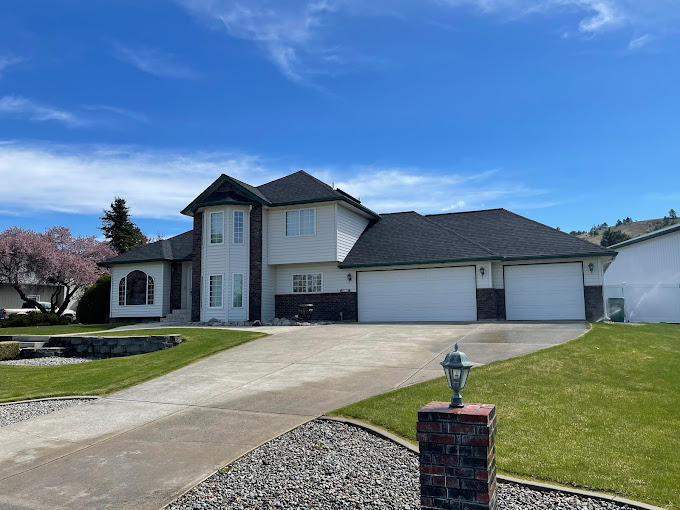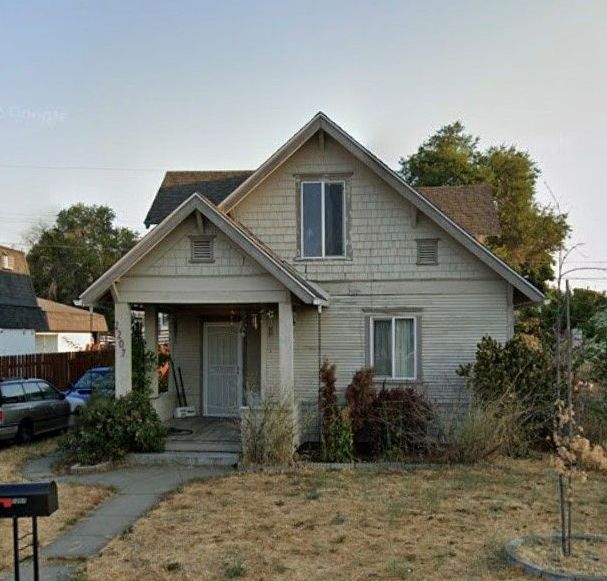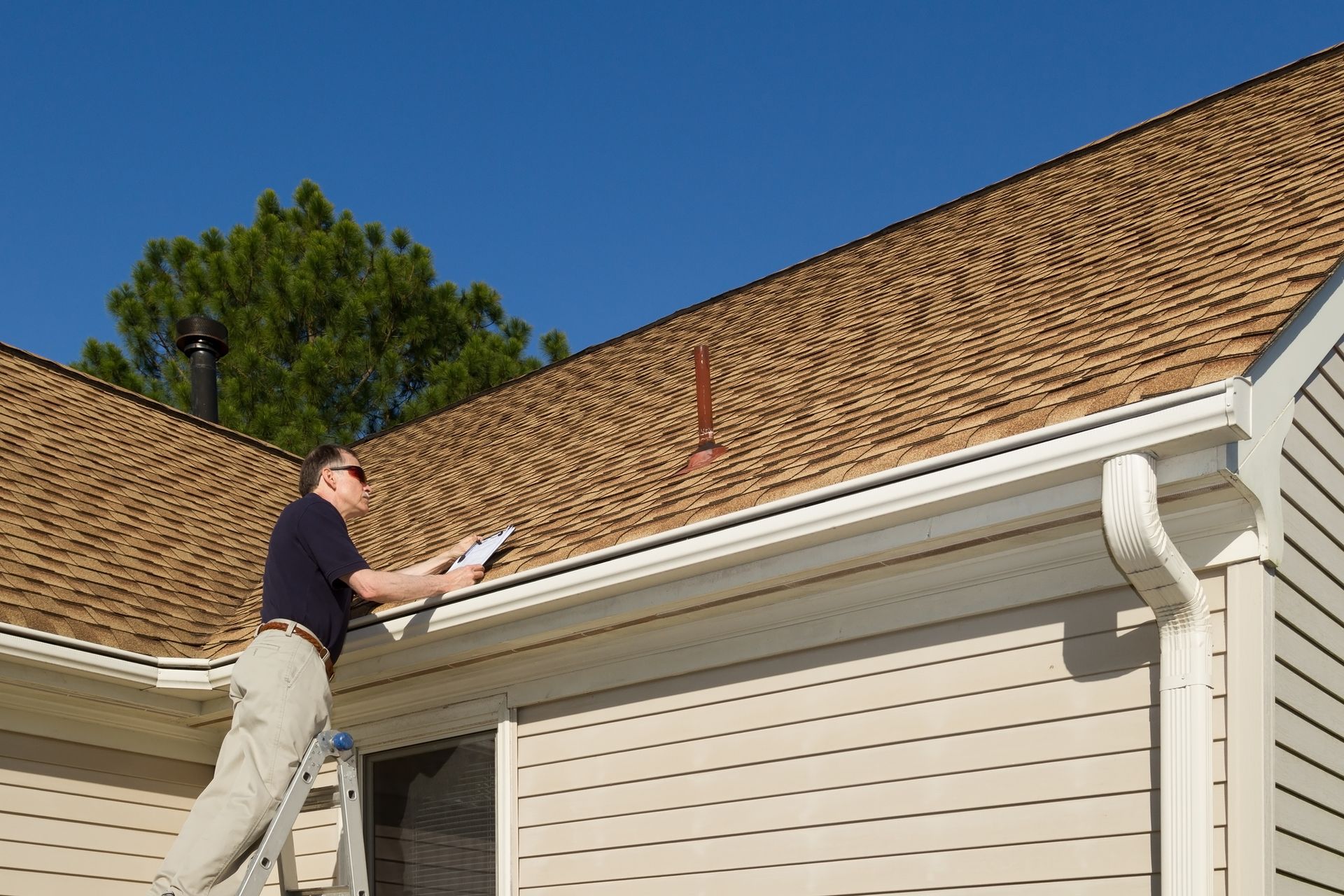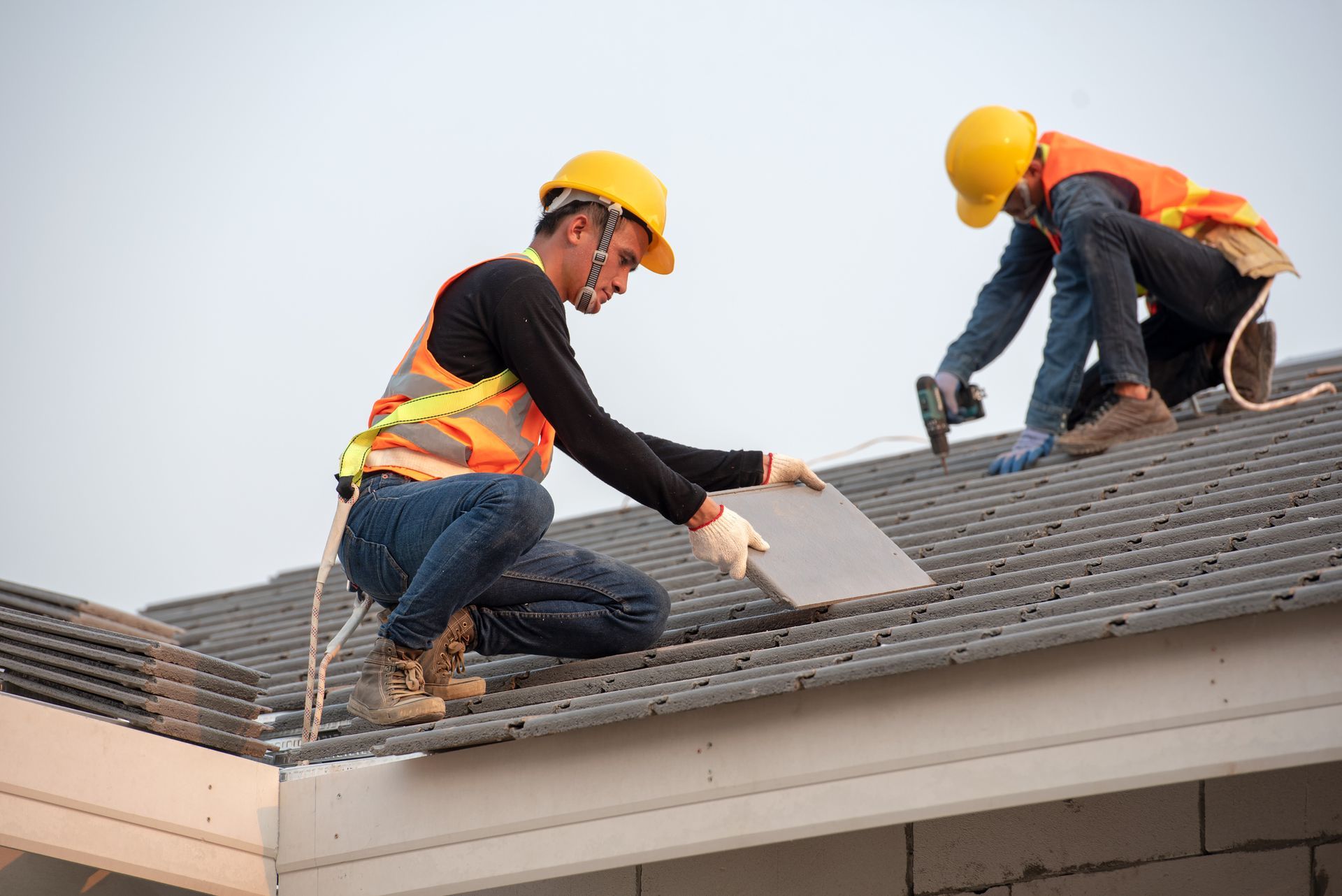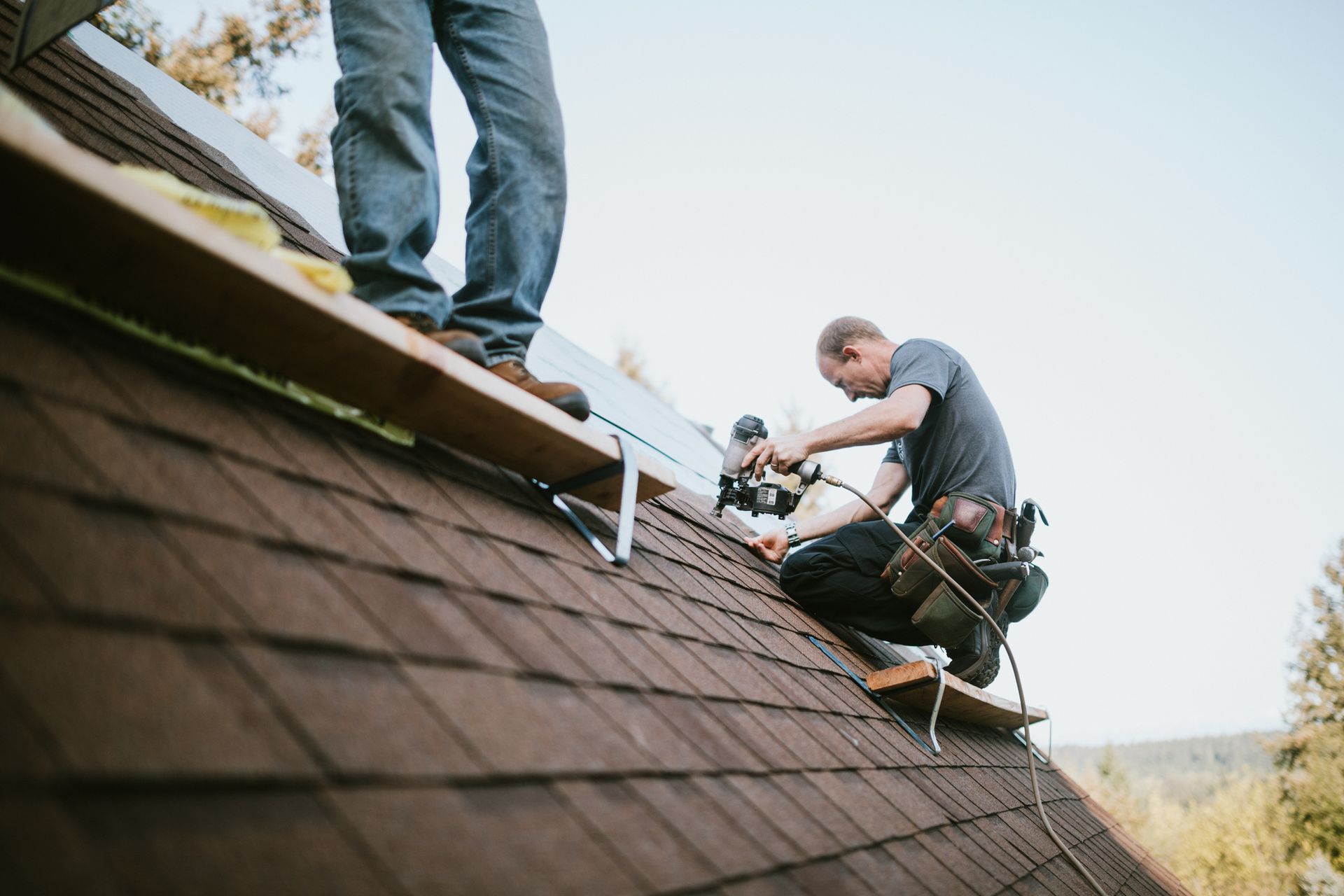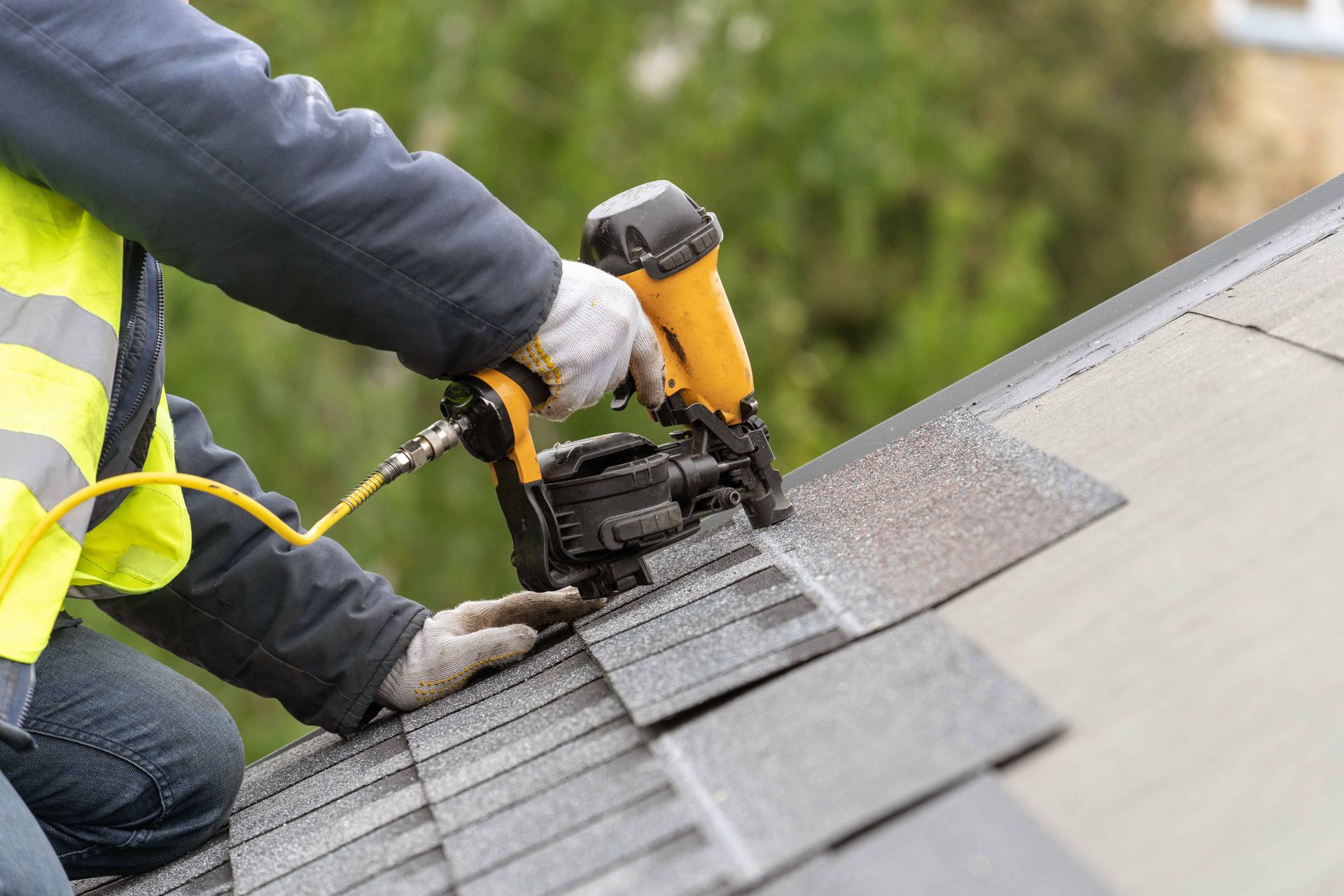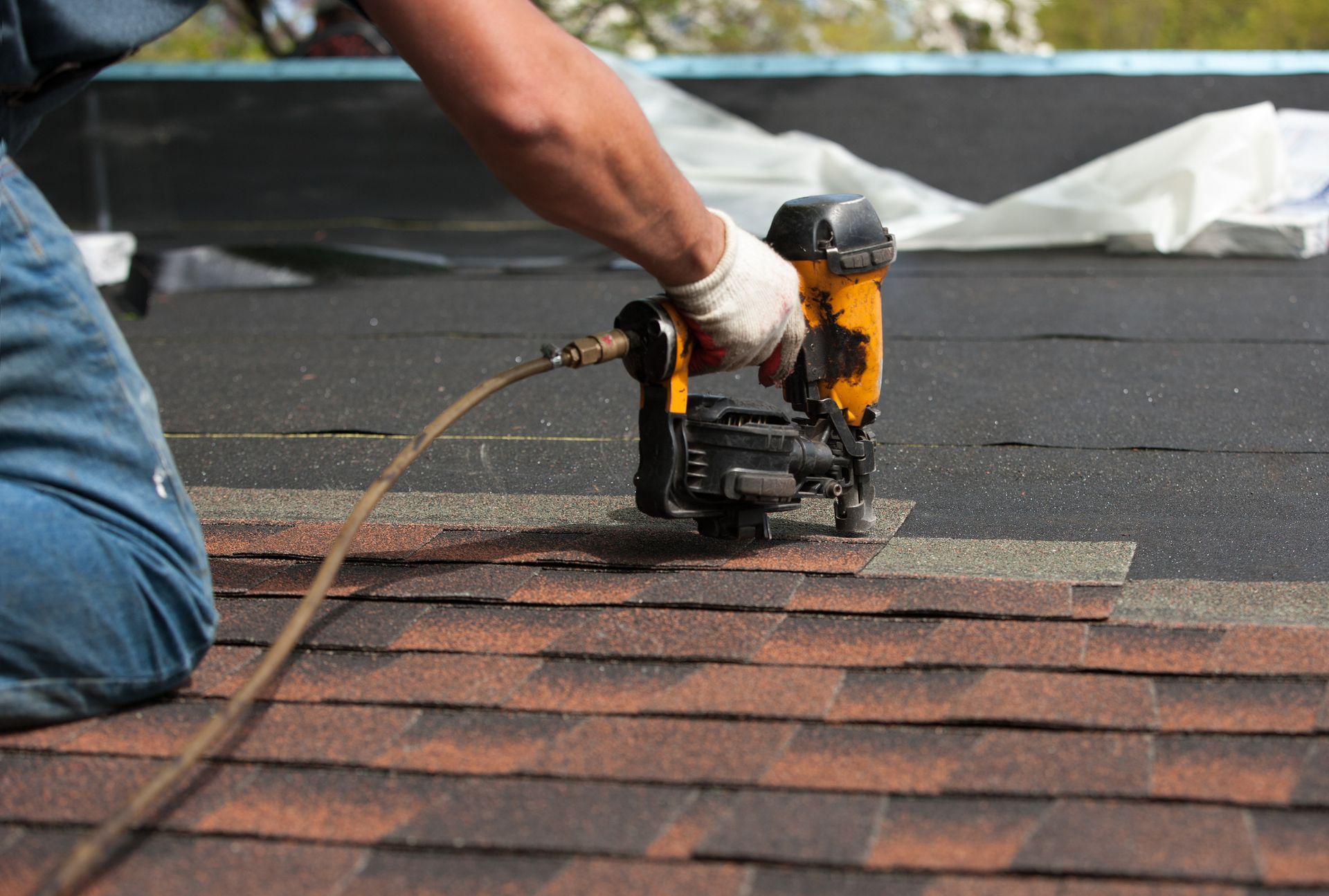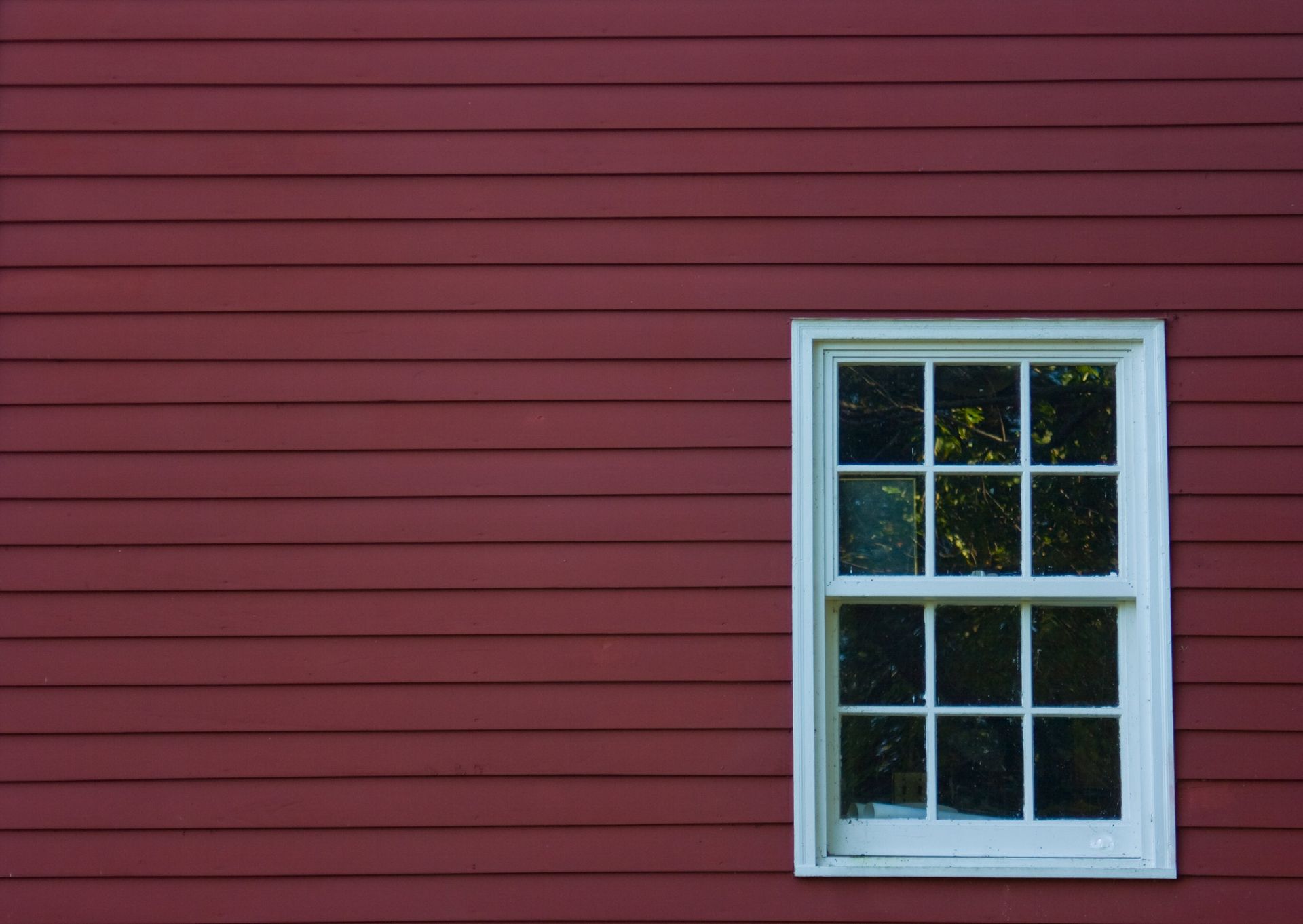How Spokane's Weather Affects Your Roof
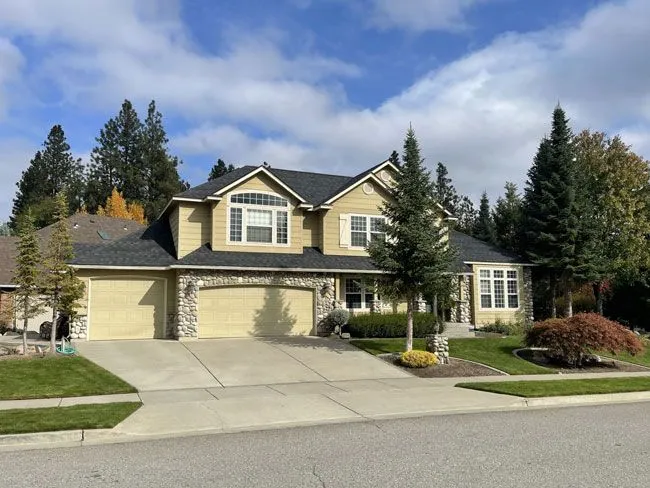
Living in the Spokane area, we encounter weather patterns that can take a toll on your home—especially your roof. Winter snow fall, spring rains and hot dry summers, presents a variety of challenges for homeowners. Understanding how Spokane’s weather impacts your roof can help by taking proactive steps to protect your roof and extend its lifespan. Let’s break it down season by season.
Winter:
Snow, Ice, and freezing temperatures in and around Spokane are no joke. Average snowfall ranges from 40 to 50 inches each year. The weight of snow that accumulates can put serious pressure on your home’s roof. Older homes or those with flat or low-pitched roofs are particularly vulnerable to structural stress. If the snow isn’t cleared or melts unevenly, it can lead to leaks or even collapse in extreme cases.
Visually if you see areas where the shingles are visible and little to no snow appears, but the surrounding areas are covered in snow that is possibly a sign of your insulation failing.
Then there’s the freeze-thaw cycle. Fluctuating temperatures around the freezing point causes snow to melt during the day and refreeze at night. This process can form ice dams—ridges of ice that trap water along the edges of your roof. When water can’t drain properly, it seeps under shingles, damaging the underlayment and leading to leaks inside your home. Proper insulation and ventilation are key to preventing this, but regular inspections after heavy snowfalls can catch issues early.
Spring: Rain and Wind
Spring in Spokane brings milder temperatures, but it’s also a rainy season. Persistent moisture can expose weaknesses in your roof, especially if shingles are cracked or missing from winter wear. Moisture, especially in shaded areas encourages moss growth which leads to moisture accumulation. Poor drainage, like clogged gutters, exacerbates the problem, allowing water to pool and infiltrate your roofing system. Over time, this can rot wooden components and encourage mold growth.
Wind is another factor. Spokane’s spring storms can whip up gusts strong enough to loosen shingles or tear them off entirely. Even minor damage can become a bigger issue if left unchecked, so it’s wise to check your roof after any significant wind event.
Summer: Heat and UV Exposure
Spokane summers are hot and dry, with temperatures often climbing into the 90s or higher. Prolonged exposure to intense sunlight and UV rays can degrade roofing materials over time. Asphalt shingles, common in many Spokane homes, may become brittle, crack, or lose their protective granules. This not only affects your roof’s appearance but also its ability to shield your home from the elements.
The dry conditions also increase the risk of wildfires, especially in outlying areas. Embers carried by the wind can land on your roof, making fire-resistant roofing materials—like metal or composite shingles—a smart investment for long-term protection.
Fall:
Falling Leaves and Temperature Swings As fall settles in, Spokane sees cooler temperatures and plenty of falling leaves. While picturesque, those leaves can clog gutters and downspouts, leading to water backup during autumn rains. This puts extra strain on your roof and can accelerate wear if not addressed.
Fall temperatures often fluctuate, warm days giving way to chilly nights. Rapid temperature changes cause roofing materials to expand and contract, which can loosen fasteners or crack shingles over time. A well-maintained roof can handle this, but one already weakened by other seasonal stresses might start showing signs of trouble.
Tips to Protect Your Roof Year-Round Spokane’s four distinct seasons mean your roof faces a variety of threats, but there are ways to keep it in top shape:
- Regular Inspections: Check your roof at least twice a year—spring and fall—and after major weather events.
- Clear Debris: Keep gutters and downspouts free of leaves, snow, and ice to ensure proper drainage.
- Trim Trees: Overhanging branches can drop leaves or break off in storms, damaging your roof.
- Invest in Maintenance: Fix small issues like missing shingles or cracked flashing before they turn into costly repairs.
- -Consider Upgrades: If your roof is aging, look into durable materials suited for Spokane’s climate, like metal roofing or high-quality asphalt shingles.
Final Thoughts
Spokane’s weather is as beautiful as it is challenging. Your roof withstands the worst of these seasonal weather patterns, protecting your home from snow, rain, wind, and sun. By understanding how the local climate affects it and staying proactive with maintenance, you can ensure your roof stands strong for years to come. After all, in a place like Spokane, a reliable roof isn’t just a luxury—it’s a necessity in order to protect the most valuable asset you own.
Tim Nicholas
20/20 Exteriors LLC

